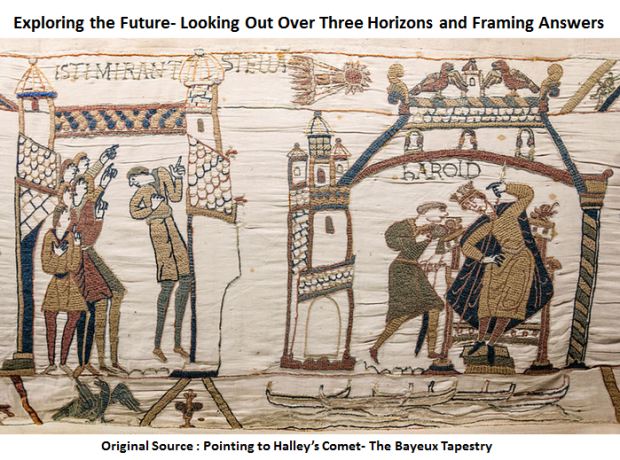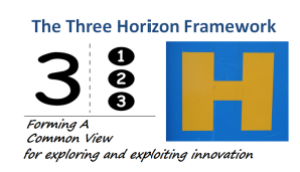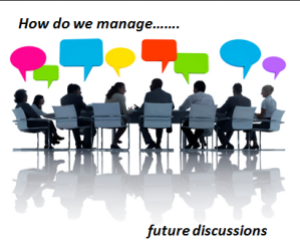The level of innovation intensity within the Energy Transition is a fascinating one and one I continually place more and more a focus upon.
One really critical source of reference for tracking clean energy progress comes from the International Energy Agency (IEA). The recent reporting back on the development of the energy transition we are undertaking seems depressing reading. We need to accelerate innovation and technology adoption.
We are so off track for much of the Energy Transition. if we are going to get anywhere near the Paris Agreement, and the below 2-degree climate goal set by 2050, we need to focus even more on transforming our energy systems globally.
The IEA’s Sustainable Development Scenario (SDS) offers a pathway for the global energy system to reach three strategic goals: the Paris Agreement’s well below 2°C climate goal, universal energy access, and substantially reducing air pollution. The IEA assesses the status of 46 critical energy technologies and sectors and offers some general advice on how to get “on track” with this SDS approach.
Presently there is a rising concern the Covid-19 has knocked us off a path.
In the short term, the dramatic economic downturn has given rise to seeing air pollution levels drop during the “lockdown” months, but as was seen after the 2008 /9 financial crisis when the economy came “roaring back,” so did the carbon emissions.
Continue reading “The Innovation Intensity needed in the Energy Transition”








